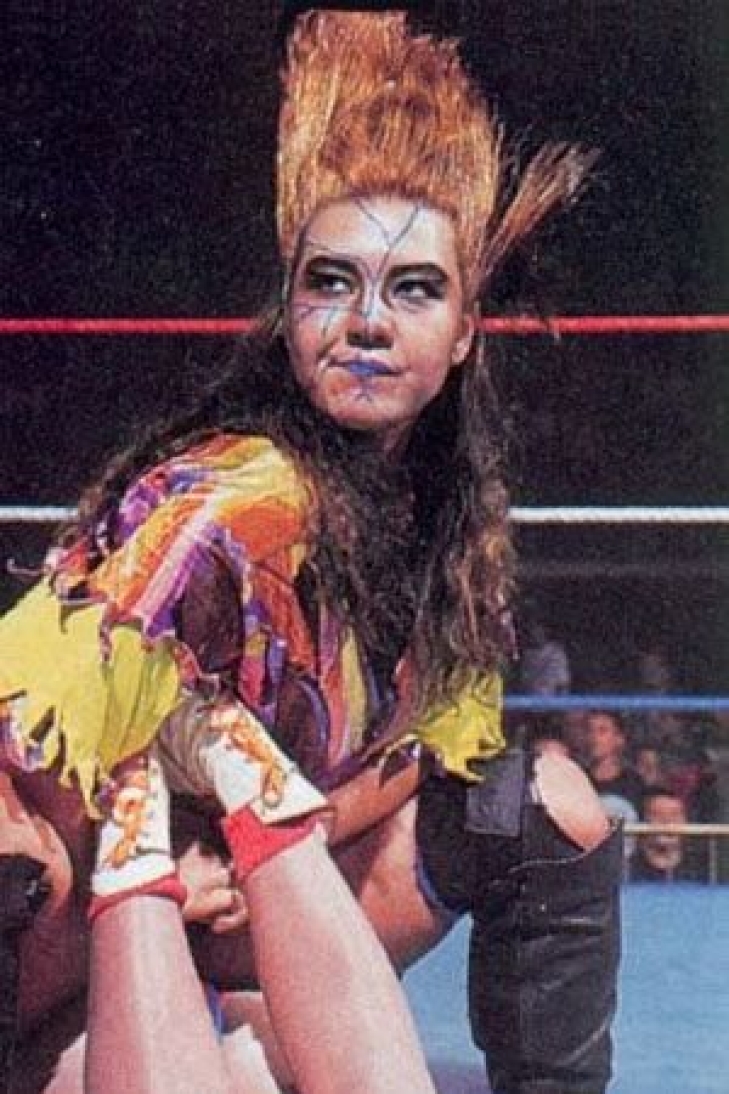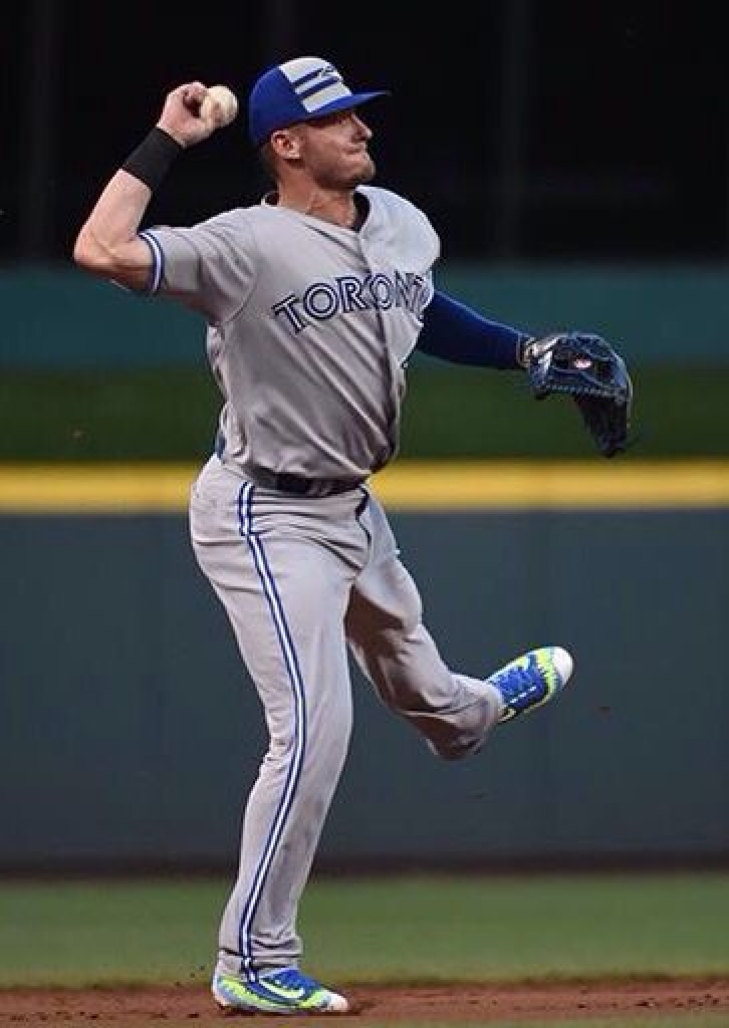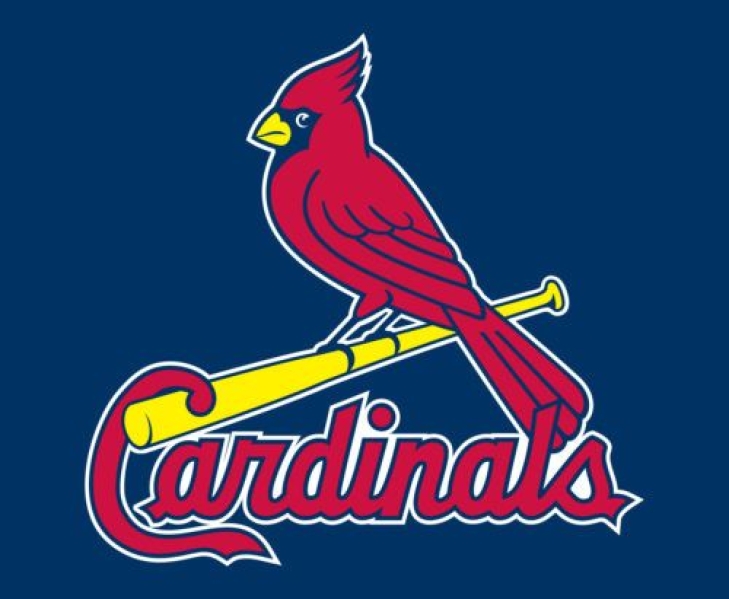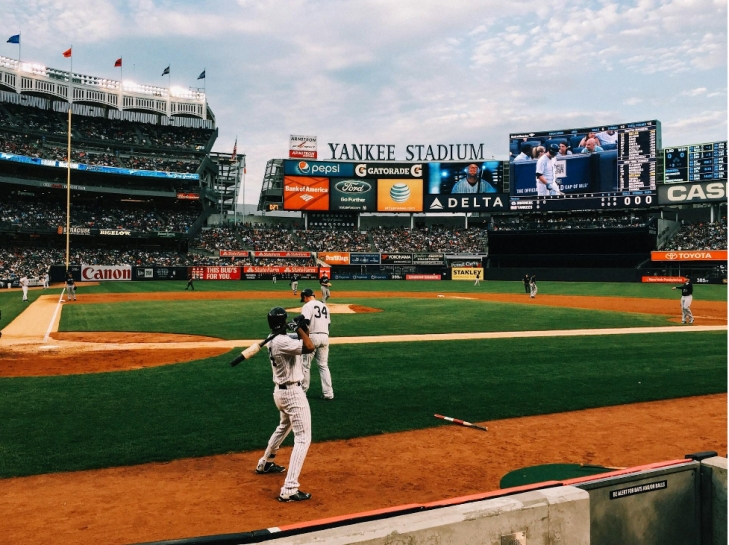
Committee Chairman
Bull Nakano named to the WWE Hall of Fame
Two days after the WWE announced that Paul Heyman would be entering the WWE Hall of Fame, the second entrant, former WWE Women’s Champion Bull Nakano, has been announced.
Nakano began wrestling in her native Japan at the age of 15 and was a natural. She would shortly join Dump Matsumoto and begin a reign of terror throughout All-Japan Women’s Wrestling. Adopting a gigantic hairstyle and adding girth, Nakano was a beast of the division, and by 1990, became the face of the company and their top singles champion for over two years. After she lost the title to Aja Kong, she was phased out, and she departed for CMLL in Mexico, where she became their first Women’s Champion. A year later, she was signed by the WWE to work with their champion, Alundra Blayze.
Nakano came into the WWE and unsuccessfully challenged Blayze at Summer Slam 1994. She would beat Blayze for the belt at the Tokyo Egg Dome and held it until she lost the title back to Blayze the bight after Wrestlemania XI. That would be her last night in the WWE. Nakano would later compete in WCW, again wrestling Blayze (who had reverted back to her Madusa moniker). Nakano retired shortly after, hanging up the tights in 1997, and she went on to enjoy a career in ladies' golf.
The WWE roster has never had a greater contingent of Japanese female wrestling talent with Asuka, Iyo Sky and Kairi Sane under contract. We imagine that this combination will be the co-presenters for this induction.
Nakano was ranked #75 on our Notinhalloffame list of those to consider for the WWE Hall of Fame. Notably, we will work to revise that list following Wrestlemania, and Nakano will be one of the names removed.
We here at Notinhalloffame.com would like to congratulate Bull Nakano for her impending honor.
Josh Donaldson Retires
On Sean Casey’s podcast yesterday, Josh Donaldson announced his retirement from Major League Baseball.
A controversial player who wore his emotions on his sleeves, Donaldson was first drafted by the Chicago Cubs as a Catcher, but after he was traded to the Oakland Athletics and was converted to a Third Baseman, he had a path to the Majors. Donaldson debuted in Oakland in 2010 for a brief stay, but was back in 2012 to start the year, though was sent back down to AAA. After he was called back up in August, Donaldson was back to stay.
Donaldson batted .301 with 24 Home Runs, 93 RBIs with an .883 OPS in 2013 and was fourth in MVP voting. He followed that with a season with better power numbers (29 HR, 98 RBI) and was an All-Star for the first time. The A’s knew that they would not be able to resign the rising star, so they did what they always do: they traded Donaldson. His landing place was Toronto, and he paid immediate dividends by giving them the best season of his life.
In 2015, Donaldson was on fire, leading the AL in Runs (122) and RBIs (123) with 41 Home Runs and a Slash Line of .297/.371/.568. He also won his first Silver Slugger and the Hank Aaron Award. Donaldson followed that up with another excellent campaign, winning his second Silver Slugger, finishing fourth in MVP voting, and belting 37 Home Runs with 99 RBIs. He was not an All-Star in 2017, but was still strong with 33 Home Runs, and in all three full seasons with Toronto, Donaldson had a Slugging Percentage of .549 or higher. Donaldson had a myriad of health issues through 2018 and was traded to Cleveland, but he only played 52 Games. It looked like Donaldson might be done, but he had other ideas.
Donaldson signed with Atlanta for one season, and he had his comeback year with 37 Home Runs and 94 RBIs, and he again had a Slugging Percentage over .500 (.521). This was his last great year, as Donaldson signed with the Minnesota Twins, and injuries mounted, as did his brash comments. Allegedly, he angered the entire Chicago White Sox (especially Tim Anderson), and as his play declined, his filter receded. He finished his career with a disappointing run with the New York Yankees, and although his career ended with a whimper, his time as a lion was spectacular.
Overall, Donaldson had 279 Home Runs, 816 RBIs and 1,310 Hits.
Here at Notinhalloffame.com, we would like to wish Josh Donaldson the best in his post-playing career.
Our All-Time Top 50 St. Louis Cardinals Have Been Revised to Reflect the 2023 Season
Yes, we know that this is taking a while!
As many of you know, we here at Notinhalloffame.com are slowly generating the top 50 of each major North American sports team. That being said, we have existing Top 50 lists out, and we always consistently look to update them when we can and based on necessity. As such, we are very happy to present our post-2023 revision of our top 50 St. Louis Cardinals.
As for all of our top 50 players in baseball, we look at the following:
1. Advanced Statistics.
2. Traditional statistics and how they finished in Major League Baseball.
3. Playoff accomplishments.
4. Their overall impact on the team and other intangibles that are not reflected in a stat sheet.
Last year, St. Louis had a very disappointing season, and were nowhere close to the playoffs. Regardless, there was one new entrant and one change.
As always, we present our top five, which saw no changes:
1. Stan Musial
4. Bob Gibson
5. Ozzie Smith
You can find the entire list here.
Adam Wainwright reached 200 Wins last year, but bluntly, he was not very good. He had an ERA near 8 and a bWAR of -2.0. As such, he dropped a spot, going from #10 to #11.
The only new entrant was Paul Goldschmidt. The 2022 National League MVP debuts at #46.
We thank you for your continued support of our lists on Notinhalloffame.com.
Ballparks of Dreams: Iconic MLB Stadiums
Baseball stadiums aren't just places where games are played – they're woven into the very fabric of American culture. A trip to the ballpark is a nostalgic experience unlike any other. The crack of the bat, the roar of the crowd, the smell of hot dogs...these sensations trigger memories that can feel almost magical.
Iconic MLB stadiums each have a unique personality that adds to their charm. Let's explore a few of the best and what makes them so special.
Fenway Park: A Timeless Classic
Home of the Boston Red Sox, Fenway Park is the oldest ballpark in Major League Baseball. Built in 1912, Fenway is known for its quirks:
- The Green Monster: The iconic left-field wall, standing 37 feet tall, is a formidable challenge for hitters (and a beloved target for visiting teams).
- Pesky's Pole: The foul pole in right field is notoriously close, meaning a lucky break can result in a home run that might not clear the fence elsewhere.
- The Lone Red Seat: One random seat in the right-field stands is painted red, marking where the longest home run in Fenway's history landed.
Despite its small size, Fenway creates an electric atmosphere that embodies the passionate spirit of the Red Sox Nation.
Wrigley Field: The Friendly Confines
Built in 1914, Wrigley Field is the second oldest ballpark in the National League, renowned for its:
- Ivy-Covered Walls: The outfield walls at Wrigley are covered with lush, green ivy. A home run ball that gets stuck becomes a treasured souvenir.
- Rooftop Seating: Buildings across the street from Wrigley have rooftop sections offering fantastic views of the game (and the opportunity to snag the occasional long ball).
- Day Games: A long-held tradition at Wrigley means the Chicago Cubs predominantly play under the sunshine.
Wrigley is a place where tradition runs as deep as the ivy and its cozy atmosphere invites fans to be part of the family.
Dodger Stadium: California Cool
Perched atop a hill overlooking downtown Los Angeles, Dodger Stadium has been home to the Dodgers since 1962. Fans love it for:
- The Palm Trees: Their silhouettes against the California sunset create a truly picturesque setting for a ballgame.
- The Wave: Dodger Stadium is known for the energy of the crowd, and no tradition exemplifies that better than the wave that sweeps through the stands during games.
Dodger Stadium is a California icon, offering both exciting baseball and a laid-back, relaxed summer vibe.
Oracle Park: Where Power Meets the Bay
The San Francisco Giants have called Oracle Park home since 2000. It's renowned for these features:
- McCovey Cove: The section of the San Francisco Bay beyond the right-field wall gets busy as fans in boats try to catch home runs on the fly (known as "splash hits").
- Sweeping Views: The bayside location gives fans incredible views of the cityscape and the Bay Bridge.
Oracle is a modern stadium packed with character. It's a place where home runs soar, and Giants legends are celebrated.
Yankee Stadium: The House that Ruth Built
Although technically not the original Yankee Stadium, the current incarnation (built in 2009) evokes the grandeur and history of the team. Yankee Stadium is famous for:
- Monument Park: Located in the center field, this outdoor museum honors Yankee legends like Babe Ruth and Lou Gehrig.
- Short Porch in Right: The close right-field fence makes Yankee Stadium a home run hitter's paradise if they can pull the ball.
- Bleacher Creatures: The dedicated (and often rowdy) fans in the right-field bleachers are famous for their creative chants and rituals.
If Fenway is a cozy time capsule, then Yankee Stadium is a baseball cathedral – a testament to the game's most storied franchise. Feeling the energy of the crowd while exploring Angels baseball lines is a must.
Conclusion
Ballparks aren't just about baseball; they're gathering spots where memories are made. Each iconic stadium brings its unique blend of history, personality, and atmosphere, creating an experience that extends far beyond the scoreboard. No true baseball fan would miss the chance to experience one of these incredible ballparks in person.





